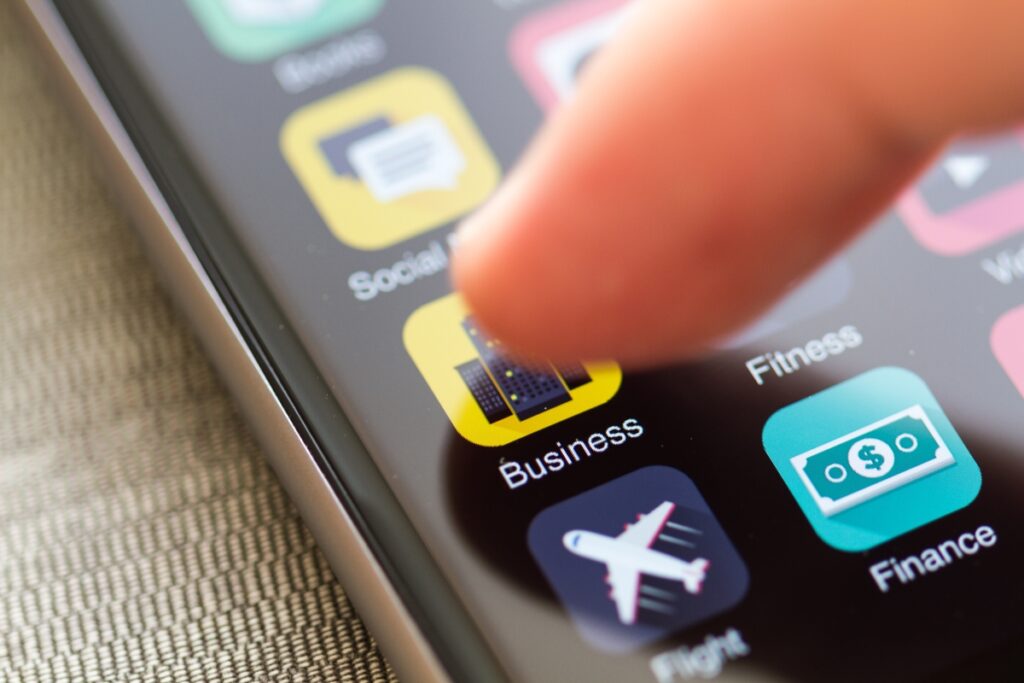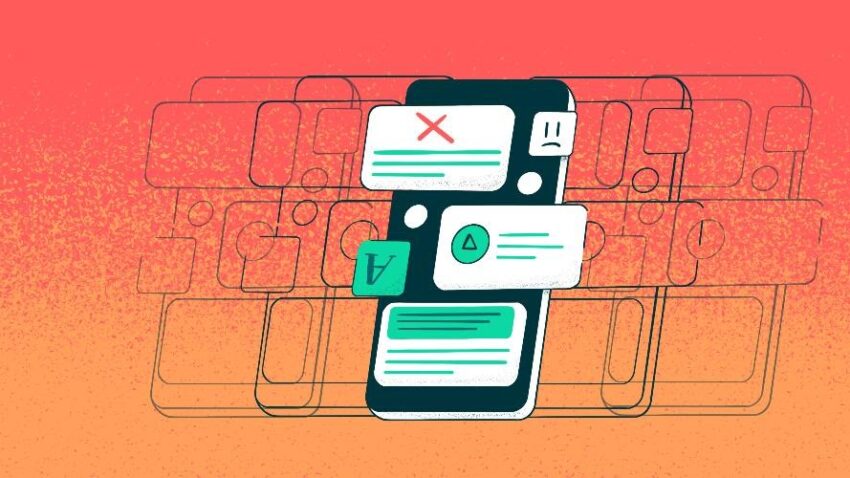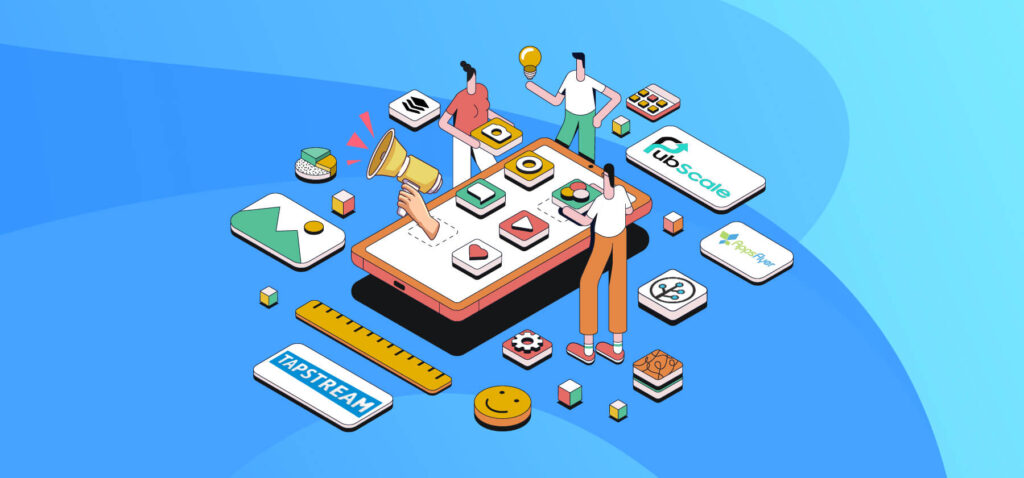In an era dominated by digital technology, businesses of all sizes and across diverse industries are increasingly recognizing the benefits of dedicated mobile applications. These applications commonly referred to as “business apps,” offer a range of advantages that transcend industry boundaries. This article explores the universality of business apps and their potential benefits for companies, regardless of their field of operation.

Expanding Business Horizons with Mobile Apps
In a world driven by technology, businesses are embracing mobile apps as a versatile tool to expand their horizons. These business apps for businesses offer a universal solution that goes beyond industry-specific limitations. They serve as a digital gateway to reach a broader audience, boost visibility, and enhance customer engagement.
Improved Customer Engagement
One of the primary advantages of a dedicated app is its ability to enhance customer engagement. Regardless of whether you’re running a restaurant, an e-commerce store, or a healthcare practice, a well-designed app can facilitate direct communication with your customers. You can send personalized offers, updates, and notifications, creating a stronger bond between your business and its clientele.
Streamlined Operations and Efficiency
The benefits of business apps extend beyond customer interaction. They can significantly streamline internal operations, impacting diverse industries such as construction, manufacturing, and logistics. These apps are instrumental in optimizing processes, managing inventory, and enhancing workflow efficiency. The result is reduced operational costs, enhanced productivity, and improved competitiveness.
Elevating the Retail Experience
For retail businesses, dedicated apps offer a means to elevate the shopping experience. Whether you run a clothing store, a grocery outlet, or a specialty shop, a mobile app allows customers to browse products, check availability, and make purchases from the convenience of their smartphones. Features like in-app payments and virtual carts simplify transactions, making it easier for customers to buy from you.
Enhancing Healthcare Access
In the healthcare sector, dedicated apps are instrumental in facilitating patient access and care delivery. Medical professionals can use apps for telemedicine, appointment scheduling, and prescription management. These apps bridge the gap between healthcare providers and patients, improving access to medical services and streamlining healthcare operations.
Revolutionizing Restaurants and Food Delivery
Food-related businesses, such as restaurants and food delivery services, have significantly benefited from dedicated apps. These apps provide customers with a convenient platform for placing orders, tracking deliveries, and exploring menus. Moreover, they offer an avenue for businesses to provide discounts, loyalty rewards, and tailored promotions, enhancing customer loyalty and driving revenue.
Maximizing Financial Services
Even financial institutions are not excluded from the mobile app revolution. Banks and fintech companies have embraced mobile apps for businesses to provide users with easy access to their accounts, fund transfers, and financial planning tools. Such apps are increasingly becoming integral to modern banking services, ensuring customers can manage their finances with ease and convenience.








